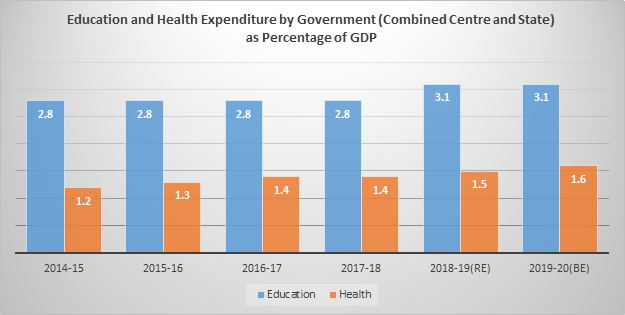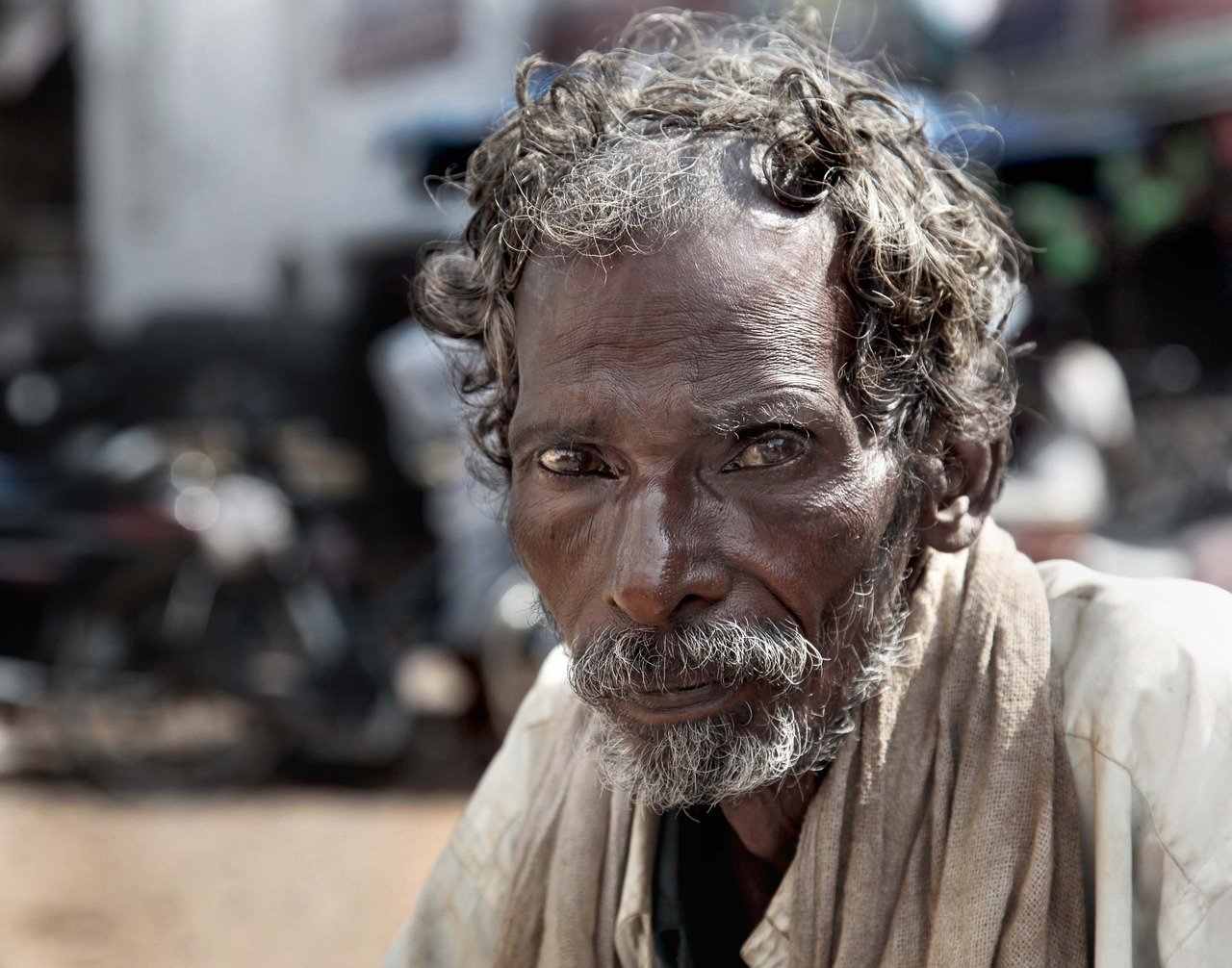Coronavirus has shaken the world like never before.The pandemic has led to a humanitarian crisis and has drastically impacted every aspect of the economy. Thus, far-reaching state intervention suddenly becomes necessary to save the lives and livelihoods of people in the context of the Indian economy. In India, the nationwide lockdown and social distancing are some of the measures taken to mitigate the pandemic. But effectiveness of such measures is only possible if people have adequate food, housing, water, income support and proper health facilities. In the absence of vaccines, only expeditious testing in large numbers will help to reduce and slow down the spread and impact of the virus.Given the fact that India entered into the third phase of lockdown which extended further till May 18, the question of balancing between lives and livelihood during the pandemic becomes difficult if the marshal amount of public spending is not on priority.
Since the times of the neo-liberal reform of the 1990s in India, the state has substantially reduced its presence in essential services such as education, health care, nutrition, employment and others. Under the new regime, government is expected to fulfil its economic responsibility of meeting a fiscal deficit target of 3 percent of the GDP. Thus, public spending on the social sector has fallen drastically in the reform years. The reduced priority of government in spending on social sectors is also highlighted in the Economic Survey of 2019-20, which shows that 6.43 percent of GDP is spent on social sectors (combined Centre and State). Looking at the public spending on two major social sectors namely education and health as percentage of GDP, it remains almost stagnant at 2.8 percent and 1.5 percent respectively in recent years (Graph 1). India has poor health infrastructure; for 11600 people there is one doctor, for 1826 people only one hospital bed and there is only one quarantine bad for 36000 Indians.
India’s record in providing public employment is also not satisfactory as compared to international standards. The public employment as relative to population is 15 per 1000 in India as compared to 57 per 1000 in China, 77 per 1000 in US and 114 per 1000 in France in 2015. The low level of public employment makes it difficult to deliver the existing public services.

“Minimum Government, Maximum Governance” was the mantra of the Narendra Modi led BJP government in both of its tenures. PM Modi seems to believe that the government must play the role of a facilitator as far as business is concerned. All the recent developments point to its commitment to minimise the state’s role as far as public sector enterprises are concerned. The speed at which the government is announcing measures for the privatisation of big state-run enterprises reinforces the Modi government’s agenda. The mega disinvestment drive of government includes closing down of Air India if not privatising it , forceful voluntary retirement of the BSNL employees so that company can be sold out and so on and so forth.
As many as 52 PSUs are now listed in the stock market. NITI Aayog has been mandated to identify PSUs for dis-investment. Management control has already been transferred to the buyer for BPCL, SCI (Shipping Corporation of India) and CONCOR (Container Corporation of India Ltd). In January 2020, the disinvestment has been approved for MMTC (Mineral & Metal Trading Corporation Limited), NMDC (National Mineral Development Corporation), MECON and BHEL (Bharat Heavy Electronics Ltd). The recent privatization push of government is in line with deepening fiscal stress and weakened tax collection due to lower tax revenue amid declining demand and reduction in corporate tax.
So, in the backdrop of declining public spending and shrinking public sector base, a large mass of the population remains excluded from the accessing essential public services that ensures minimum standard of living. So, when a pandemic type crisis erupts, it soon results into major humanitarian and economic crisis. The implementation of nationwide lockdown left millions of people in danger of acute poverty, starvation and exposed them to mental and health risks. However, after two days of implementation of the first lockdown, the government did announce a relief package of 1.7 lakh crore which included cash transfers and food/ration. The value of the COVID-19 relief package offered by Indian government is trivial i.e. 0.8 percent of GDP as compared to G20 countries fiscal stimulus including China amounting to 2.5 percent, Germany at 4.9 percent, U.S at 11 percent and Japan highest at 21.1 percent of GDP. It was expected that Modi government will come up with subsequent economic package but till now nothing has been announced. One reason for the government to not increase its expenditure even during the crisis is the fear of capital flight which is anyway happening to some extent.
Amidst the biggest health and economic crisis, there is urgent need for the State to reinstate its role in economy as an enforcer of public services. Extraordinary times need extraordinary measures. This crisis calls for significant increase in public spending in the form of universal public health services, universal food ration, cash transfers, housing, transportation and so on. India is currently holding 77 million tonnes of food grain stocks and another 40 million tonnes is expected to be procured from current rabi harvest. So, government can easily distribute free rations to everyone who needs it (even if they do not have ration cards). Ghosh, Patnaik and Mander argues that increased public spending can be financed by directly borrowing from RBI or deficit financing given the massive deflationary pressure in economy. Thus, it is no time to think about the fiscal deficit target and government should take whatever step it needs to overcome this major catastrophe.
The choice is open for the government, it must choose between the interest of the public or keep serving the interest of finance capital. The COVID-19 pandemic has given an opportunity to the Modi government to change its economic strategy and realise that the only way to address this devastating crisis is the new mantra of “More Government, More Governance”.
Puja Pal and Amit Kumar are Ph.D scholars at the Centre for Economic Studies and Planning, Jawaharlal Nehru University, New Delhi .














